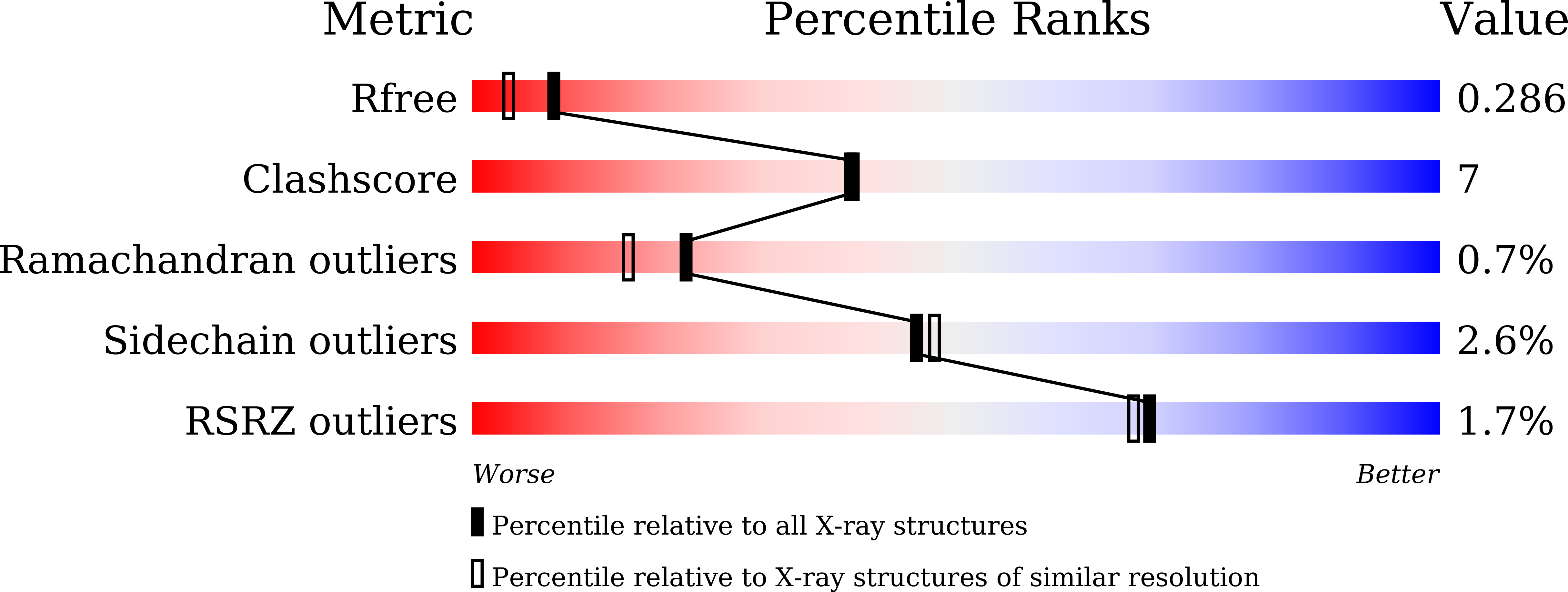
Deposition Date
2022-06-09
Release Date
2023-07-05
Last Version Date
2025-08-20
Method Details:
Experimental Method:
Resolution:
2.00 Å
R-Value Free:
0.28
R-Value Work:
0.23
R-Value Observed:
0.23
Space Group:
C 1 2 1


